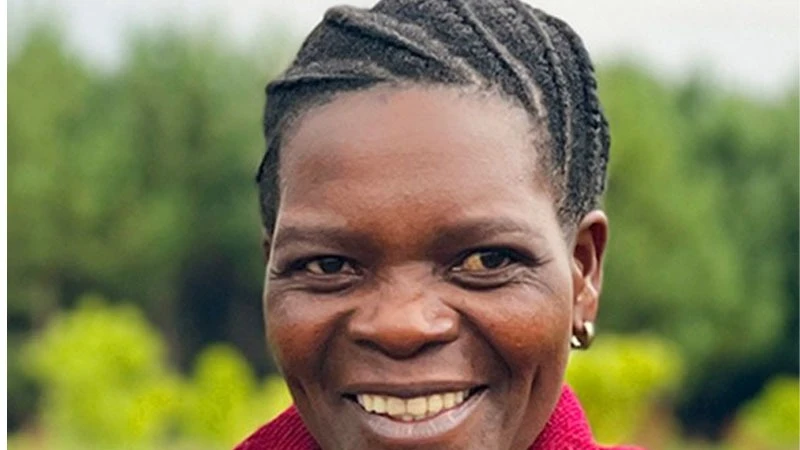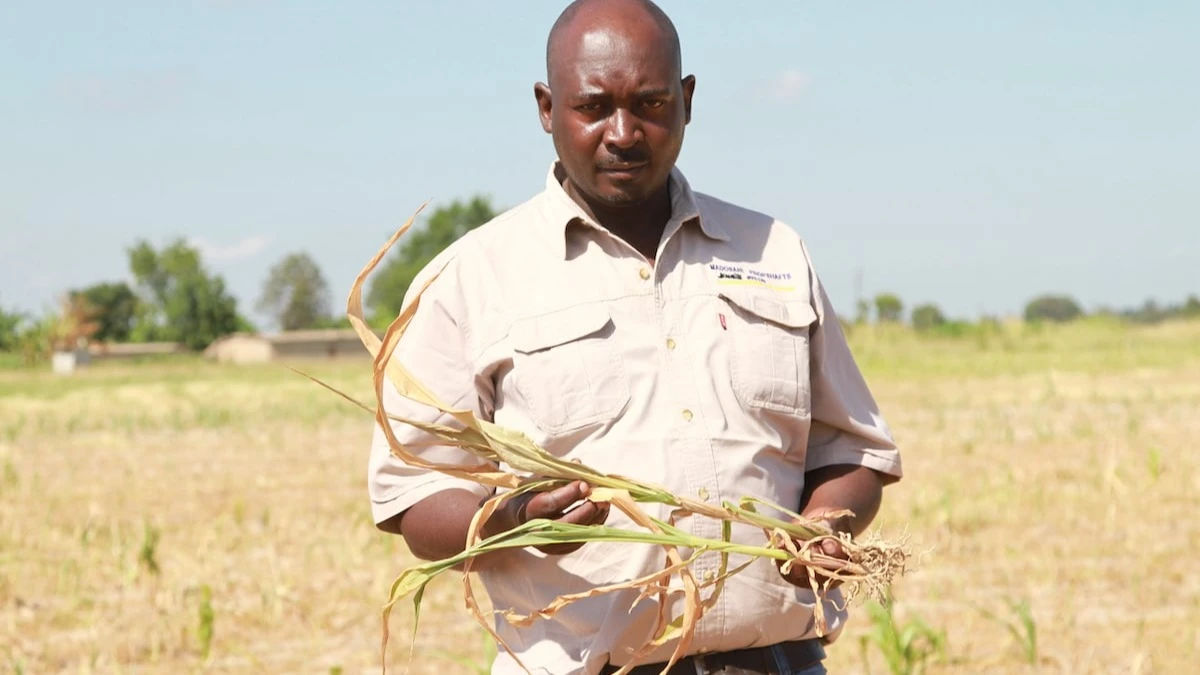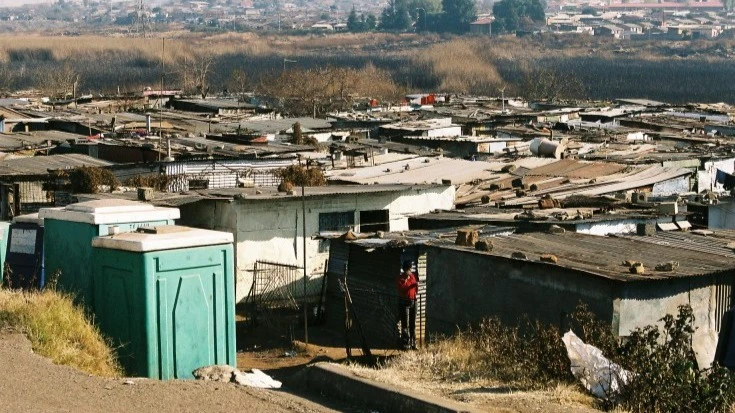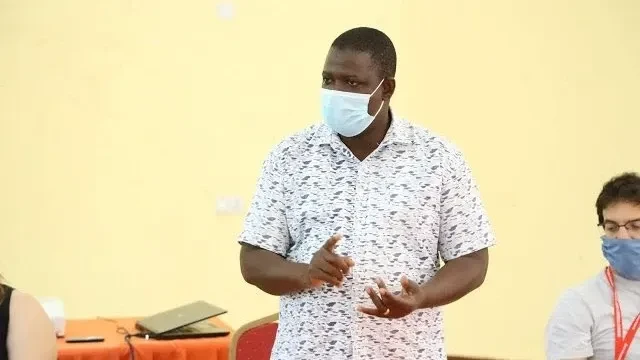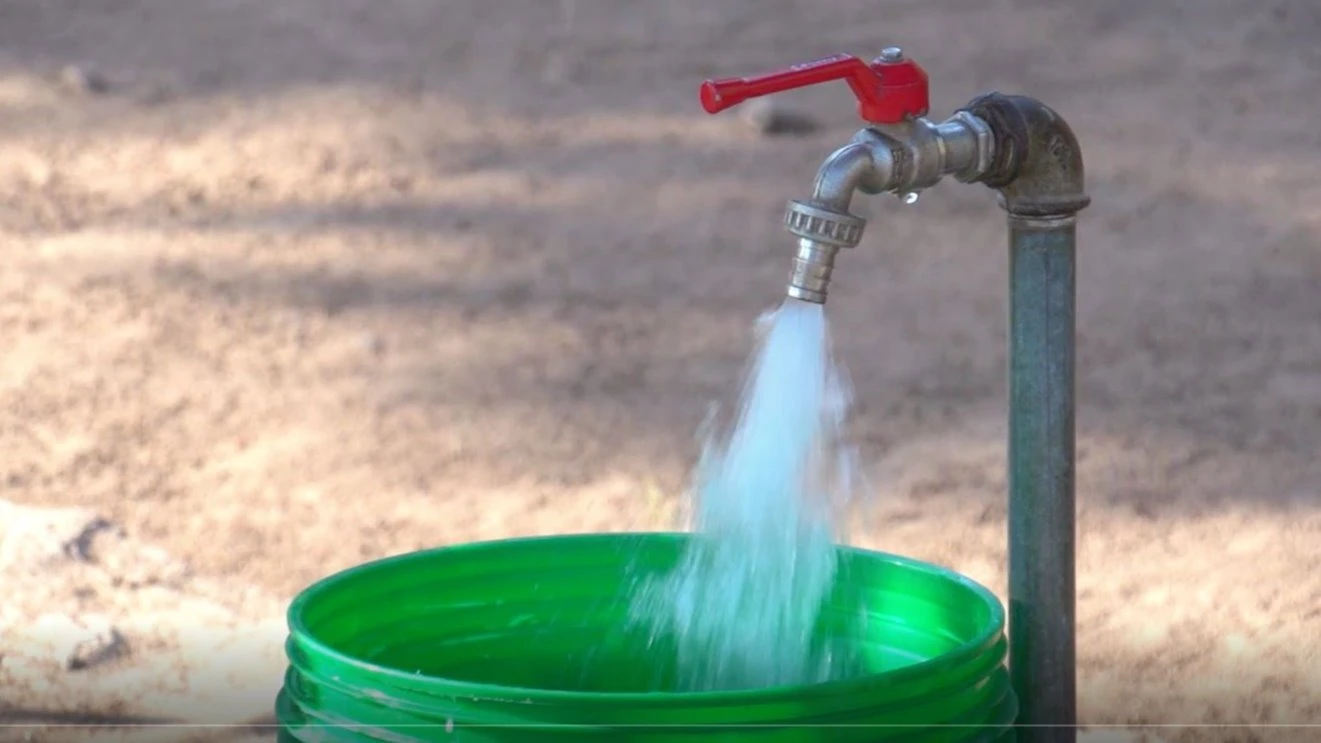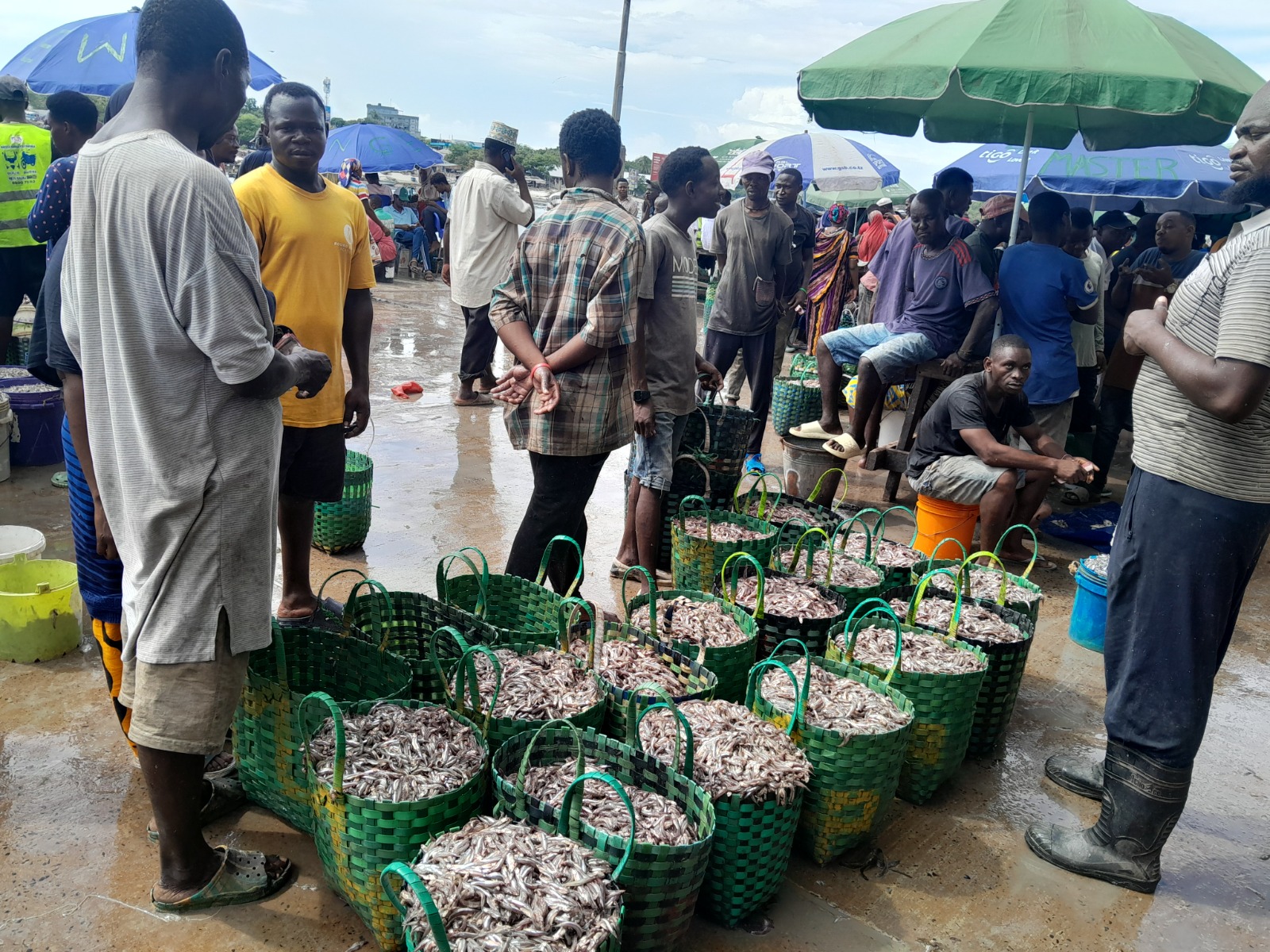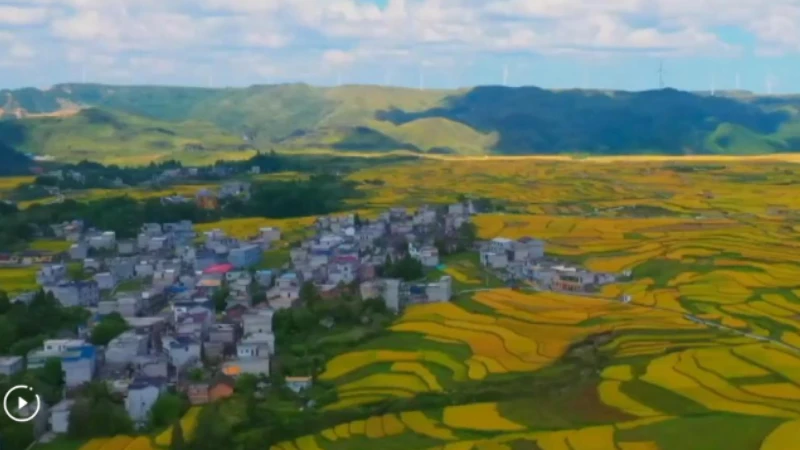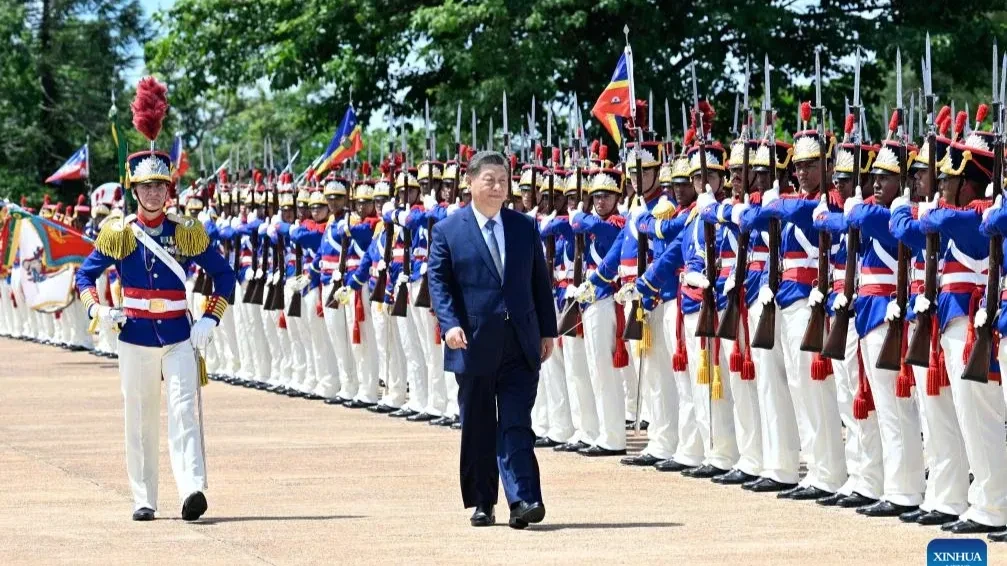Vanilla’s broken promise: From prosperity to struggle

IT is a crisp morning in Kimbugu, a small village in Izigo Ward, Muleba District. The air carries the scent of damp earth, a lingering reminder of last night’s drizzle.
Deep in Tanzania’s Kagera Region, vanilla farmers have spent decades nurturing a crop that once promised wealth but now feels like a cruel joke.
At Katoke-Lweru secondary school, I wait for an old friend, Victor Ishengoma, a veteran vanilla farmer. As I wait, I talk with Alan Watson, an Australian professor who has spent years in Tanzania working with farmers.
He speaks passionately about how, since 2003, Australians have helped local farmers adopt better vanilla farming techniques, training them to select the best vines and prepare their land efficiently. He recalls how, in the early 2000s, vanilla farming seemed like a golden ticket.
“Farmers switched from coffee to vanilla almost overnight,” Watson tells me. “It was the new cash crop. People built better houses, bought motorcycles, sent their kids to school. The impact was massive.”
Just then, Victor arrives, his face weathered from years in the fields. His English is limited, so I step in as an interpreter while he exchanges greetings with the professor. Moments later, we hop onto his motorcycle and speed off to his farm, the wind carrying the rich scent of the soil around us.
The farm is a sprawling three-acre plot, a maze of banana plants and thick vanilla vines curling around their supports. It looks healthy, thriving even, but beneath this greenery lies frustration. One of Victor’s workers, sweat glistening on his brow, pauses long enough to voice the challenges of working in a vanilla plantation.
“It’s backbreaking work—every vanilla flower has to be pollinated by hand, a delicate and painstaking process,” he says, wiping sweat from his brow. “Then there’s lifting the vines onto their supports without snapping them, keeping pests at bay, making sure everything grows just right. It never ends.
And for all that effort, I take home just 150,000/- a month. This farm alone demands my full attention, yet I juggle two others for the same pay. Tell me, how is that fair?”
Victor listens, shaking his head. “Do you remember in 2003 when one kilo of vanilla sold for 50,000/-” he asks, his voice edged with frustration. “We made good money. Now, 1,500/- per kilo. It barely covers the cost of production.”
He isn’t alone in his frustration. Wilfaston Ishengoma, another farmer from the village, has also watched his hopes crumble. “I thought vanilla would change my life,” he tells me. “Now, it’s just a burden. I can’t just break even, let alone profit. I’ve stopped expanding my farm. Instead, I’m putting my energy back into coffee.”
And who could blame him? Farmers here aren’t just battling falling prices—they’re struggling against a system that seems indifferent to their plight. Victor sighs, kicking a loose stone. “We were promised irrigation pumps, but it was all talk. Even agricultural officers never show up. If not for the rains, my coffee would be struggling, too.”
Professor Watson listens intently. “Vanilla prices fluctuate globally,” he says. “Even in Australia, farmers have to deal with unpredictable markets. The key is storage. Hold onto your vanilla until prices stabilize. That’s what farmers elsewhere do.”
Victor scoffs. “How do we store vanilla when we need money now? Workers need to be paid. Farm inputs aren’t free. We don’t have the luxury of waiting.”
The government has promised solutions. Deputy Minister for Agriculture David Silinde has repeatedly assured farmers that measures are being put in place to secure better markets for vanilla and coffee.
Auctioning has been introduced to regulate sales and curb smuggling. Plans are also underway to attract investors to set up processing factories to boost value addition.
“Coffee is now sold strictly through official auctions,” Silinde said recently. “The goal is to ensure farmers benefit fully and to stop illegal trading.”
But vanilla farmers remain unconvinced. “The government always talks about solutions, but what have they done?” Wilfaston asks. “We need real action—markets, subsidies, access to credit. Not just words.”
The vanilla industry, heavily influenced by Madagascar—the world’s largest producer—is at the mercy of global forces. In 2023, intense diplomatic pressure forced Madagascar to scrap its minimum export price, triggering a global price crash.
From a high of USD 250 per kilogram, prices nosedived to under USD 20 per kilogram for lower grades. The ripple effects have been felt across Tanzania.
Daudi Mbogo, a researcher at the Tanzania Agricultural Research Institute, remains cautiously optimistic. “Vanilla is still a high-value crop,” he explains. “Yes, the market is volatile, but those who stick with it will see rewards when prices rebound.”
But can farmers afford to wait? Not everyone is convinced. Agnesta Mnyifuna, a farmer in Njombe, is among those diversifying into other crops. “You can’t keep investing in something that doesn’t pay off,” she says.
As the 2023-2024 vanilla season winds down, farmers in Kagera are left with tough choices. Do they hold on, hoping for a market turnaround? Or do they abandon vanilla altogether, shifting back to coffee, which now fetches 5,000/- per kilo?
One thing is certain—without real intervention, without proper markets, without genuine support, the vanilla dream could soon become just another bitter memory.
Vanilla farming is not just a profession; for many, it is a way of life passed down through generations. But the harsh reality of price volatility has turned that once-promising livelihood into an exhausting gamble.
Farmers who once saw vanilla as their gateway to prosperity now find themselves trapped in a relentless cycle of uncertainty. One year, the prices skyrocket, and fortunes are made overnight. Then they plummet, leaving entire communities struggling to recover.
Victor Ishengoma, like many other farmers in Kagera, remembers the golden years when vanilla was worth its weight in gold. “We thought we had found our future,” he says. “I built my house with the money from vanilla. I sent my children to school. But now, I’m not even sure how I will afford next season’s inputs.”
The unpredictable nature of the global vanilla market makes it impossible for farmers to plan. Unlike other crops, vanilla takes years to mature. By the time farmers invest in new vines, the market may have already shifted against them. The cost of maintaining a vanilla farm is high—staking, hand-pollinating flowers, carefully curing the beans—and yet, when prices drop, all that effort amounts to almost nothing.
Adding to the frustration, middlemen often exploit desperate farmers, purchasing their beans at rock-bottom prices only to sell them at much higher rates internationally. “The ones who make money from vanilla are not the farmers,” Wilfaston Ishengoma points out bitterly. “It’s the traders, the exporters, the middlemen. We do all the work, but they take all the profit.”
Unlike crops like coffee or maize, which have relatively stable local markets, vanilla relies heavily on export demand. This makes it vulnerable to global shocks—diplomatic issues, shifting consumer trends, and overproduction in countries like Madagascar—all factors beyond the farmers’ control.
“Imagine working for months, even years, on a crop only to be told the price has collapsed overnight,” Victor says, shaking his head. “What do you do then? Who do you turn to?”
Without a structured pricing system or better storage and financial support, vanilla farming will remain a high-stakes game of chance. And for many farmers in Kagera, that is simply too big a risk to take.
Top Headlines
© 2025 IPPMEDIA.COM. ALL RIGHTS RESERVED


